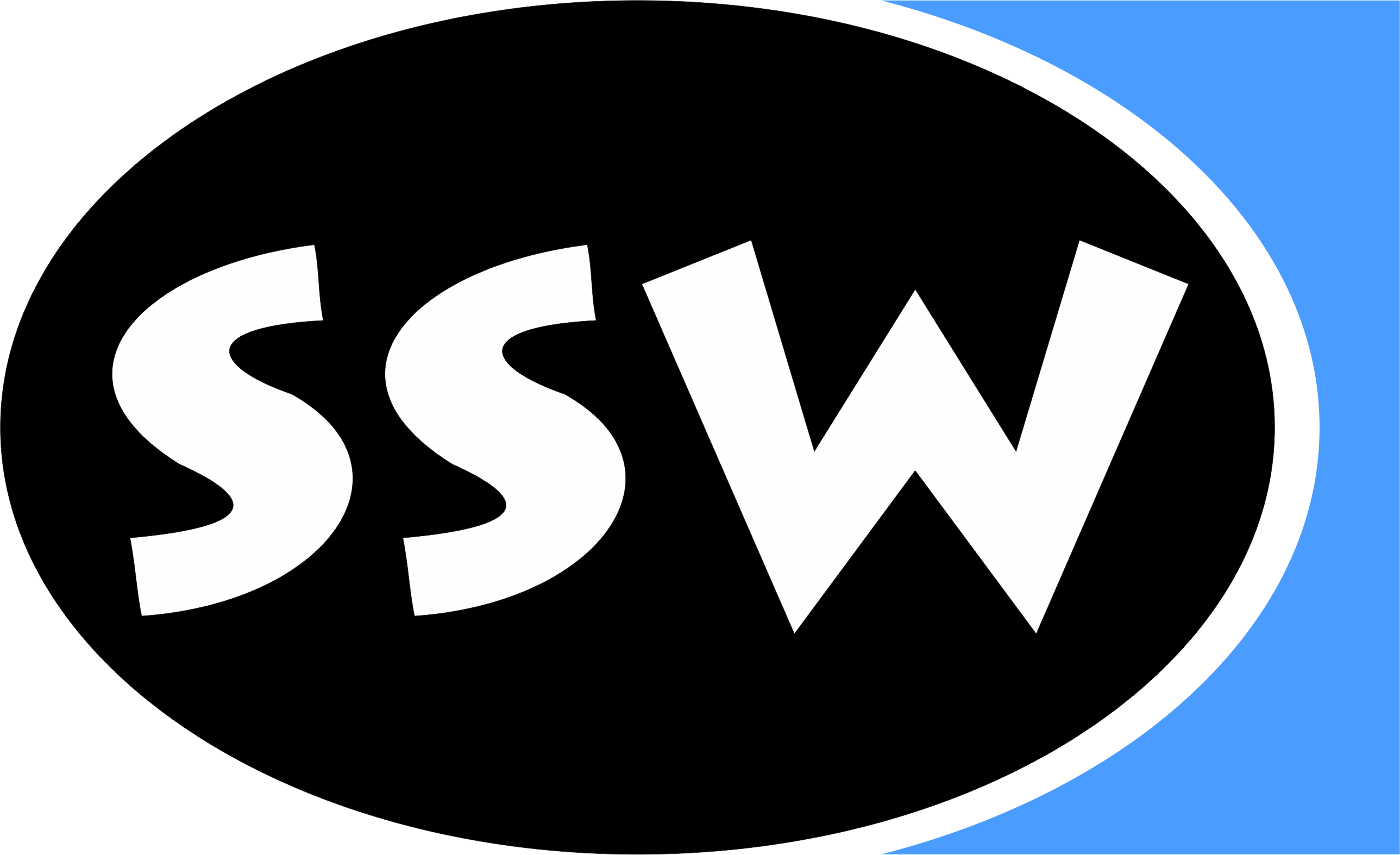|
Special Topics in Computer Science:
Selected Methods for Modelling and Simulation
| 339.345 |
1KV |
Stoffova |
Block |
Begin: 5.5.2014 |
Main topic of subjects:
Students absolving the subject will be familiar with selected topic and method of modelling and simulation of systems.
The lectures are focused to the methods, which are easy implemented on computer in all programming environment.
The main attention is devoted to the Monte Carlo method, which encompasses any technique of statistical sampling
employed to approximate solutions to quantitative problems.
Assumptions and conditions for the students' knowledge:
The participant should have some skills and experiences in programming at least in
one high level program language or programming environment (such Pascal, Delphi, C++, Java or other)
All students separately or in pairs have to implement a program application on a selected topic
(which are on the list at the end). The level and quality of project solution is the basis for evolution and
classification.
Lecturer
Prof. Dr. Veronika Stoffova
University of Komarno
NikaStoffova@seznam.cz
Dates
| Date |
Time |
Room |
| Mo 5.5.2014 |
15:30 - 18:00 |
S3 057
|
| Tu 6.5.2014 |
15:30 - 18:00 |
S2 219
|
| We 7.5.2014 |
12:45 - 15:15 |
S3 057
|
Contents
- Random Number Generation
- Techniques for generating pseudorandom numbers
- Random processes and their probability
- Numbers in computer and their implementations -Fix-point arithmetic
- Numbers in computer and their implementations -Float-point arithmetic
- The correctness in computation (correctness of numeric methods)
- Monte Carlo method - Introduction and short history
- The problem of Buffon's needle, Statistical estimator for p.
- Definite integral by Monte Carlo method
- Other applications of Monte Carlo method
- Modelling and simulation in biology and medicine
- Consultation and explanation of students projects topics
- Programming the own applications, presentation the results
- Presentation of students projects
- Conclusion and evaluation of solutions
Exam
Students will have to do a project and send it to the lecturer. The marks for this
course will be based on the project.
Topics for student projects:
Students work on projects individually or in pairs
- Pseudorandom numbers generator. - On the base of several methods and techniques. The author ought to implement a program system as an interactive model, which allows us to make by parameter controlled visualised experiments
- Interactive computer model of Random process of play cube dropping and the probabilities of the cases - Comparison of theoretical and experimental results and visualisation (animation) of interactive model allows us to make controlled experiments.
- Interactive computer model of Random process of (one and two) play cube dropping and the probabilities of the cases - Comparison of theoretical and experimental results and visualisation (animation) of interactive model allows us to make controlled experiments.
- Interactive computer model of Random process of (one and two) coin (coins) dropping and the probabilities of the cases. - Comparison of theoretical and experimental results and visualisation (animation) of interactive model allows us to make simple and combined controlled experiments.
- Interactive computer model of Buffon's needle experiment for p calculation. With visualisation (animation) of interactive model which allows us to make controlled experiments.
- Interactive computer model of statistical estimator for p. Definition of p realised by experiments of a quarter circle area calculation.
- Monte Carlo method editor - with several standard functions, which allows define several functions for later application by an integrated interpreter interactively.
- Interactive computer model of liqvor (cerebrospinal fluid) system. The author of project ought to create and implement a program application of the liqvor system dynamic using experimental results of measurements for identification. The interactive computer model allows us to make simple and combined controlled experiments to get pressure output in time. The input parameters of the model are the results of parameters identification of pressure volume characteristic of patient.
Literature
- Eckhardt, Roger (1987). Stan Ulam, John von Neumann, and the Monte Carlo method, Los Alamos Science, Special Issue (15), 131-137.
- Metropolis, Nicholas and Stanislaw Ulam (1949). The Monte Carlo method, Journal of the American Statistical Association, 44 (247), 335-341.
- FABIAN, F. – KLUIBER, Z.: (1998). Metoda Monte Carlo a možnosti jejího uplatnení. 1. vyd. Praha : Prospektrum, 1998. 148 s. ISBN 80-7175-058-1
- STOFFOVÁ, V. (1995b). Simulation and animation models as didactic tools. In: EUROSIM'95, European Simulation Congress, (pp. 1277-1280).Vienna: Technical University of Vienna.
- STOFFOVÁ, V.: Pocítac – univerzálny didaktický prostriedok 1. vyd. Nitra : Fakulta prírodných vied UKF v Nitre, 2004. 172 s. ISBN 80-8050-450-4
- http://www.riskglossary.com/link/monte_carlo_method.htm (02. 07. 2011)
- Own prepared and individual sources of information
|



